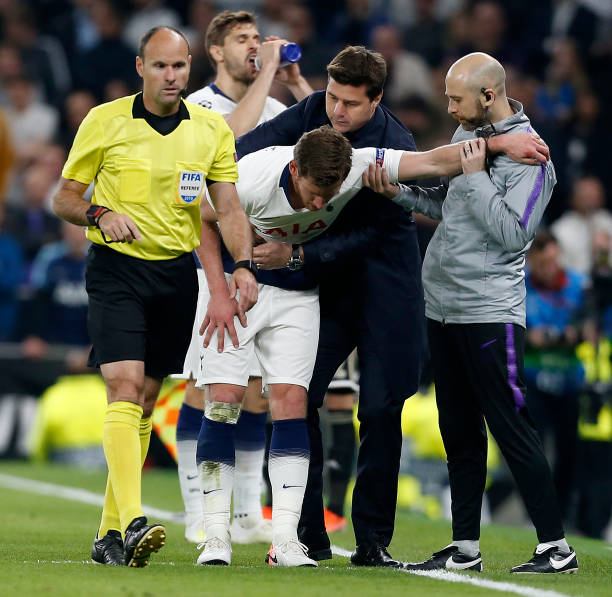UEFA is set to push FIFA and the FAs to bring in ‘concussion subs’ from 2021 in a long overdue move to try and tackle the recklessness with which head injuries are treated in football.

Claiming he feared that Jan Vertonghen might die after the Tottenham defender was sent back on to play despite throwing up and staggering during their Champions League semi-final, Ceferin said, “After Vertonghen’s situation I was scared that something would happen. Because it was clear when he came back that he didn’t feel well. He could die there. We will have discussions with FIFA about it to change the laws of the games. Assessment is easier [in 10 minutes]. Now it is crazy. And you can die because of that.”
Last season we also saw David Ospina collapse after being allowed to play on with a serious head injury and the issue is so common in football that it has felt like we would need a player to actually die before something was done to take head injuries and concussions more seriously in the game.
“Concussion within football and its long-term effects is something that’s been talked about by sporting bodies, players and spectators for years,” The Drake Foundation, a not-for-profit organisation committed to improving understanding the welfare and health of sports players through scientific research and collaboration, told us.

“When we think of professional footballers, we imagine them to be the epitome of health, however, the head injuries that they are being subjected to during play may be having detrimental effects.
“The Football Association (FA) has released its own concussion guidelines, with the motto ‘if in doubt, sit them out’ yet unlike in rugby and cricket, English football does not currently permit concussion substitutes.
“In February 2017, The Drake Foundation published their first completed study which took place between 1980 – 2010 and examined the brains of 14 former professional football players with a history of repetitive football head impacts. They were studied for signs of neurodegeneration: in particular, a disease called chronic traumatic encephalopathy, associated with repeated head injuries and otherwise known as CTE.
“The research found that five out of the 14 players experienced unconsciousness at least once during gameplay. It found that players had head-to-ball contact an average of 2000 times throughout a 20-year career, although head injuries were more likely to result from collisions with other players than with the ball.
“Of the 14 players, 12 displayed changes in their behaviour prior to their death, with 10 of these becoming aggressive and experiencing explosive episodes.
“12 out of 14 also displayed mood changes, becoming apathetic.
“Six of the participants also underwent a post-mortem brain examination. Of these, CTE was identified in the brains of four, 12% above the average CTE prevalence rate, indicating a link between repeated head impacts and CTE.”

